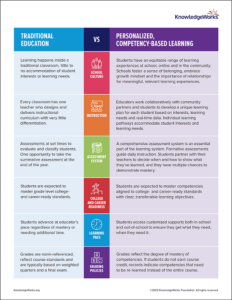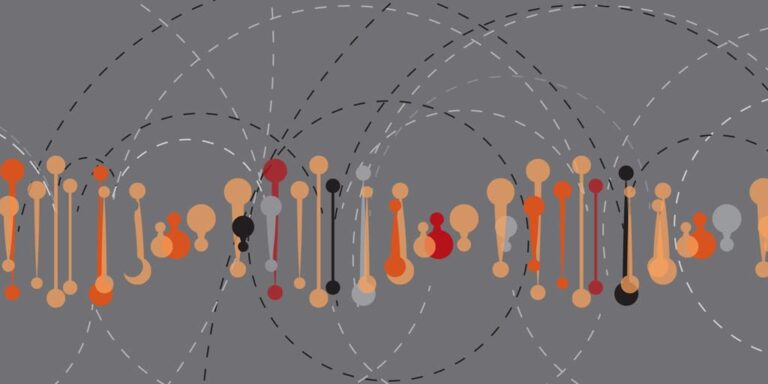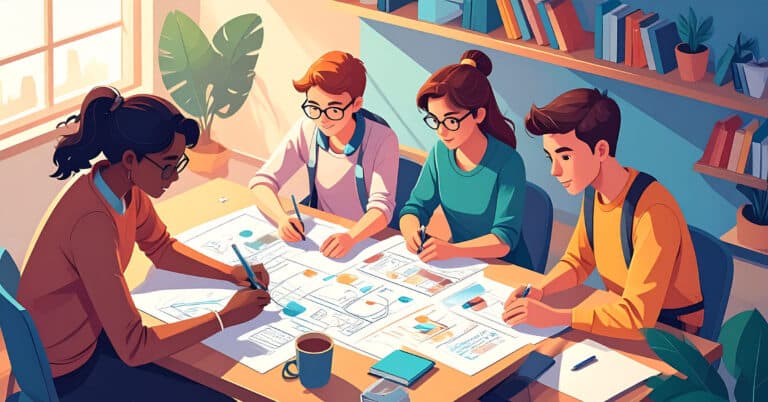How is personalized, competency-based learning different than traditional learning? Below, we illustrate key differences between learning focused on personalized mastery vs. a more traditional approach to education, specifically in core areas such as school culture, learning continuum, learning pace, instruction, assessment and grading policies.
School Culture
In traditional education, learning happens inside a traditional classroom, little to no accommodation of student interests or learning needs.
In personalized, competency-based learning, students have an equitable range of learning experiences at school, online and in the community. Schools foster a sense of belonging, embrace growth mindset and the importance of relationships for meaningful, relevant learning experiences.
Instruction
In traditional education, every classroom has one teacher who designs and delivers instructional curriculum with very little differentiation.
In personalized, competency-based learning, educators work collaboratively with community partners and students to develop a unique learning plan for each student based on interests, learning needs and real-time data. Individual learning pathways accommodate student interests and learning needs.
Assessment System
In traditional education, assessments at set times to evaluate and classify students. One opportunity to take the summative assessment at the end of the year.
In personalized, competency-based learning, a comprehensive assessment system is an essential part of the learning system. Formative assessments guide daily instruction. Students partner with their teachers to decide when and how to show what they’ve learned, and they have multiple chances to demonstrate mastery.
College and Career Readiness
In traditional education, students are expected to master grade level college- and career-ready standards.
In personalized, competency-based learning, students are expected to master competencies aligned to college- and career-ready standards with clear, transferable learning objectives.
Learning Pace
In traditional education, students advance at educator’s pace regardless of mastery or needing additional time.
In personalized, competency-based learning, students access customized supports both in-school and out-of-school to ensure they get what they need, when they need it.
Grading Policies
In traditional education, grades are norm-referenced, reflect course standards and are typically based on weighted quarters and a final exam.
In personalized, competency-based learning, grades reflect the degree of mastery of competencies. If students do not earn course credit, records indicate competencies that need to be re-learned instead of the entire course.

Share the Knowledge
Download a printable version of this content for displaying or sharing with others.
 In Dispelling the Myths: Frequently Asked Questions About Competency-Based Education, we provide answers to frequently asked question about competency-based education.
In Dispelling the Myths: Frequently Asked Questions About Competency-Based Education, we provide answers to frequently asked question about competency-based education. 




